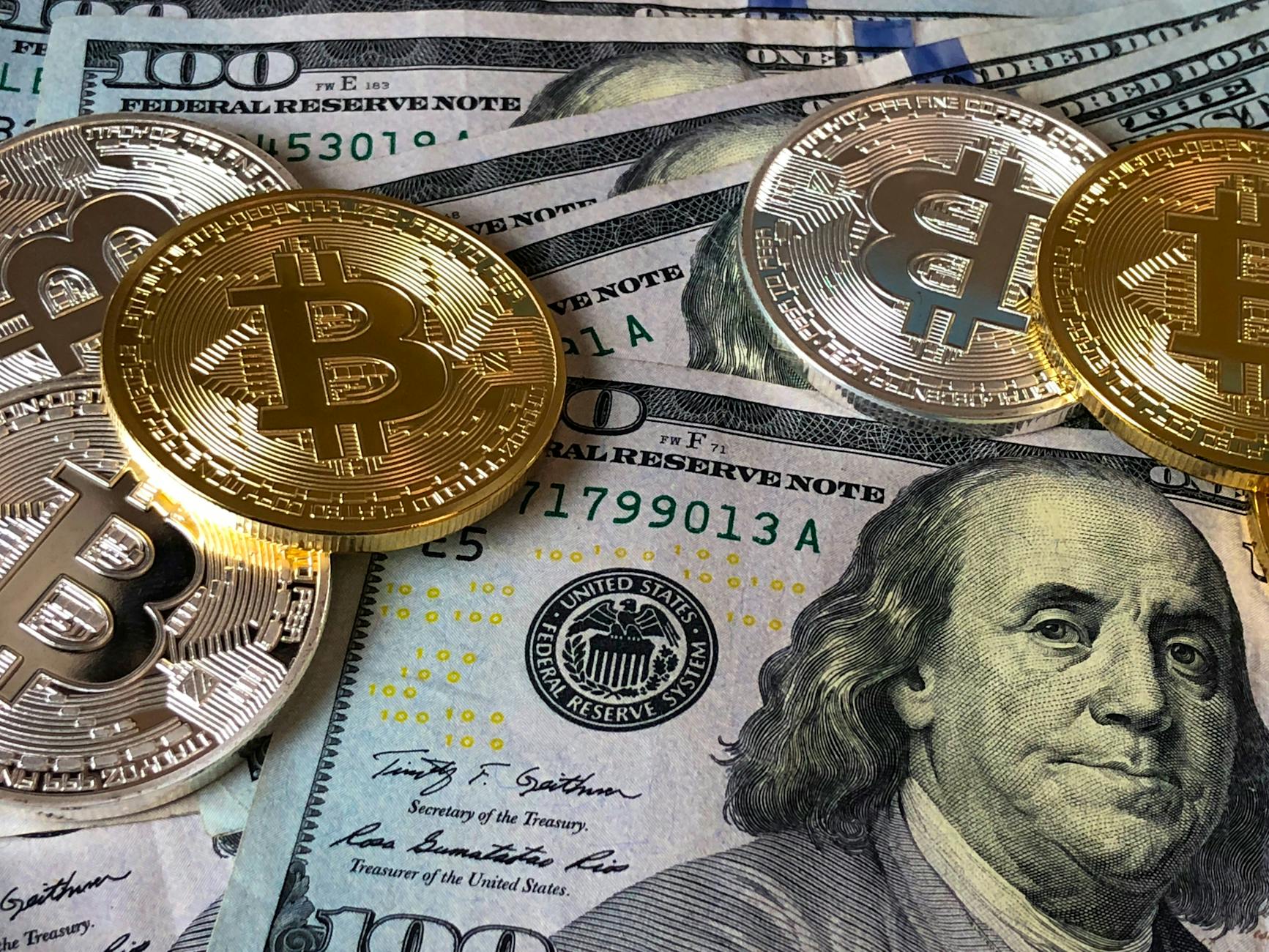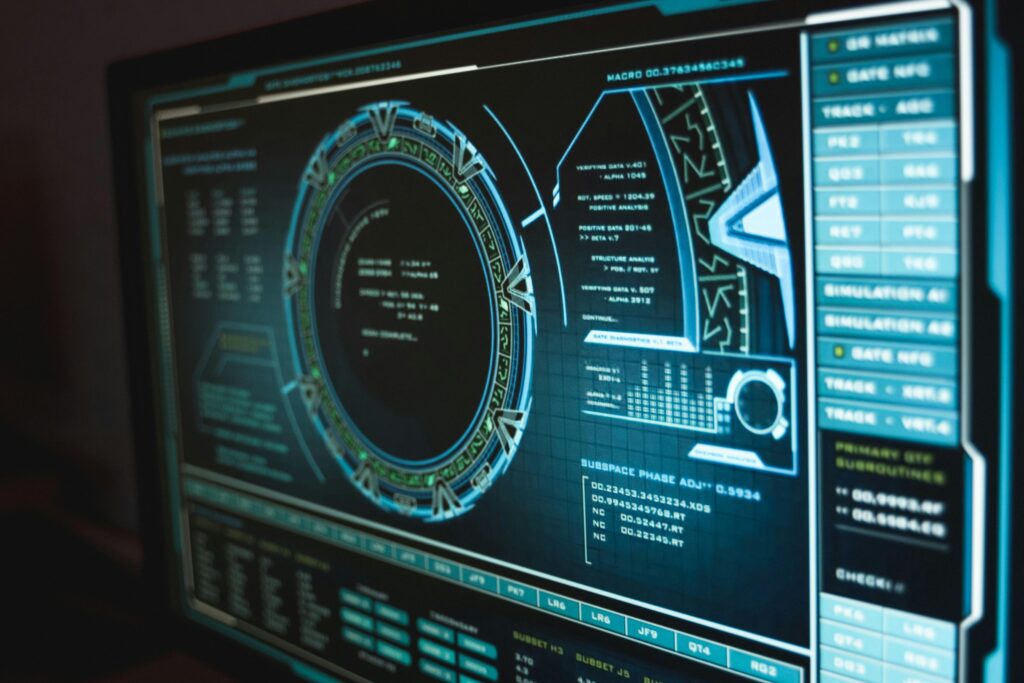The internet has revolutionized our world, transforming how we communicate, work, and live. However, we’re on the cusp of a new era in digital evolution: Web3. This blog delves into Web3 and its foundational technologies, blockchain, decentralized applications (DApps), and decentralized finance (DeFi). We’ll explore what they are, how they work, and their potential impact on our future.

Table of Contents
Web3: The Next Internet Revolution
What is Web3?
Web3, short for Web 3.0, is the next iteration of the internet. Unlike Web 2.0, which is characterized by centralized platforms and services controlled by a few tech giants, Web3 envisions a decentralized, user-centric internet where users have more control over their data and online interactions. Web3 leverages blockchain technology to create an internet that is open, trustless, and permissionless.
Key Features of Web3
- Decentralization: Unlike Web 2.0, where data is stored on centralized servers, Web3 uses blockchain technology to distribute data across a network of computers, ensuring no single entity has control.
- Trustless: Web3 eliminates the need for intermediaries or trusted third parties. Smart contracts and blockchain protocols handle transactions and agreements.
- Permissionless: Anyone can participate in Web3 without needing approval from a central authority. This inclusivity fosters innovation and democratizes access.
- User Control: Web3 aims to give users ownership and control over their data. With decentralized identities, users can manage their personal information securely.
Blockchain: The Backbone of Web3
Understanding Blockchain
Blockchain is a distributed ledger technology that underpins Web3. It is a chain of blocks, where each block contains a list of transactions. These blocks are linked together using cryptographic hashes, forming an immutable and transparent ledger.
Key Properties of Blockchain
- Transparency: All transactions on a blockchain are visible to all participants, ensuring full transparency.
- Security: Blockchain uses cryptographic techniques to secure data, making it nearly impossible to alter once added to the ledger.
- Immutability: Once data is written to a blockchain, it cannot be changed or deleted, providing a reliable record of transactions.
- Consensus Mechanisms: Blockchains use consensus algorithms like Proof of Work (PoW) or Proof of Stake (PoS) to validate transactions and maintain network integrity.
Types of Blockchains
- Public Blockchains: Open to anyone; examples include Bitcoin and Ethereum.
- Private Blockchains: Restricted to a specific group of participants; used by enterprises for internal purposes.
- Consortium Blockchains: Controlled by a group of organizations, combining the benefits of public and private blockchains.
DApps: Decentralized Applications
What are DApps?
DApps, or decentralized applications, are software applications that run on a blockchain network rather than on centralized servers. They leverage smart contracts, which are self-executing contracts with the terms directly written into code.
Characteristics of DApps
- Decentralized: Operate on a blockchain, eliminating single points of failure.
- Open Source: Many DApps are open source, allowing anyone to inspect and contribute to the code.
- Incentivized: Use tokens to incentivize network participants and maintain the application’s functionality.
- Trustless: Rely on smart contracts to facilitate transactions without intermediaries.
Examples of DApps
- Uniswap: A decentralized exchange (DEX) for trading cryptocurrencies.
- CryptoKitties: A blockchain-based game that allows players to breed and trade virtual cats.
- Brave Browser: A web browser that rewards users with Basic Attention Tokens (BAT) for viewing ads.
DeFi: Decentralized Finance
What is DeFi?
Decentralized finance, or DeFi, is a movement that aims to recreate and improve traditional financial systems using blockchain technology. DeFi applications offer financial services such as lending, borrowing, trading, and investing without intermediaries like banks or brokers.
Key Components of DeFi
- Decentralized Exchanges (DEXs): Platforms like Uniswap and SushiSwap enable peer-to-peer trading of cryptocurrencies without a central authority.
- Lending Platforms: Services like Aave and Compound allow users to lend their cryptocurrencies and earn interest or borrow assets by providing collateral.
- Stablecoins: Cryptocurrencies pegged to stable assets like the US dollar (e.g., USDC, DAI) to mitigate volatility.
- Yield Farming: A practice where users earn rewards by providing liquidity to DeFi protocols.
- Insurance: Platforms like Nexus Mutual offer decentralized insurance for DeFi users, protecting against smart contract failures and hacks.
Advantages of DeFi
- Accessibility: DeFi opens up financial services to anyone with an internet connection, especially the unbanked population.
- Transparency: All transactions are recorded on a public blockchain, ensuring complete transparency.
- Efficiency: DeFi eliminates intermediaries, reducing transaction times and costs.
- Innovation: The open nature of DeFi encourages rapid innovation and development of new financial products.
The Impact of Web3, Blockchain, DApps, and DeFi
Financial Inclusion
One of the most significant impacts of Web3 and DeFi is financial inclusion. Over 1.7 billion people globally lack access to traditional banking services. DeFi offers a viable alternative by providing decentralized financial services accessible to anyone with an internet connection. This inclusivity can empower individuals in developing countries, allowing them to participate in the global economy.
Data Ownership and Privacy
Web3’s emphasis on user control and data ownership addresses the growing concerns over data privacy and misuse. Decentralized identities and encrypted storage solutions enable users to manage their personal information securely, reducing the risk of data breaches and unauthorized access.
Reduced Dependence on Intermediaries
By leveraging smart contracts and decentralized networks, Web3 reduces the need for intermediaries in various industries. This shift can lead to cost savings, increased efficiency, and more equitable distribution of value. For example, in finance, DeFi protocols eliminate the need for banks, brokers, and payment processors, enabling direct peer-to-peer transactions.
Innovation and New Business Models
Web3 and its associated technologies are fostering innovation across various sectors. The open-source nature of blockchain and DApps encourages collaboration and experimentation, leading to the development of new business models and services. For instance, non-fungible tokens (NFTs) have created new revenue streams for artists and content creators by enabling the sale of unique digital assets.

Challenges and Risks
While the potential of Web3, blockchain, DApps, and DeFi is immense, several challenges and risks must be addressed:
- Regulatory Uncertainty: The regulatory landscape for blockchain and DeFi is still evolving. Clear regulations are needed to protect users and ensure the long-term viability of these technologies.
- Security Concerns: Smart contract vulnerabilities and hacking incidents pose significant risks to DeFi users. Ongoing efforts to improve security and develop robust auditing practices are essential.
- Scalability: Current blockchain networks face scalability issues, limiting their ability to handle large volumes of transactions. Solutions like layer 2 scaling and new consensus mechanisms are being developed to address this challenge.
- User Experience: The complexity of interacting with blockchain and DeFi applications can be a barrier to adoption. Improving user interfaces and educating users are critical to mainstream acceptance.
Conclusion
Web3, blockchain, DApps, and DeFi represent a paradigm shift in how we interact with the digital world. By decentralizing power and control, these technologies promise to create a more open, equitable, and innovative internet. While challenges remain, the potential benefits of this new era are immense, paving the way for a future where users have greater control over their data, finances, and online interactions. As we continue to explore and develop these technologies, we move closer to realizing the vision of a decentralized web that empowers individuals and transforms industries.
